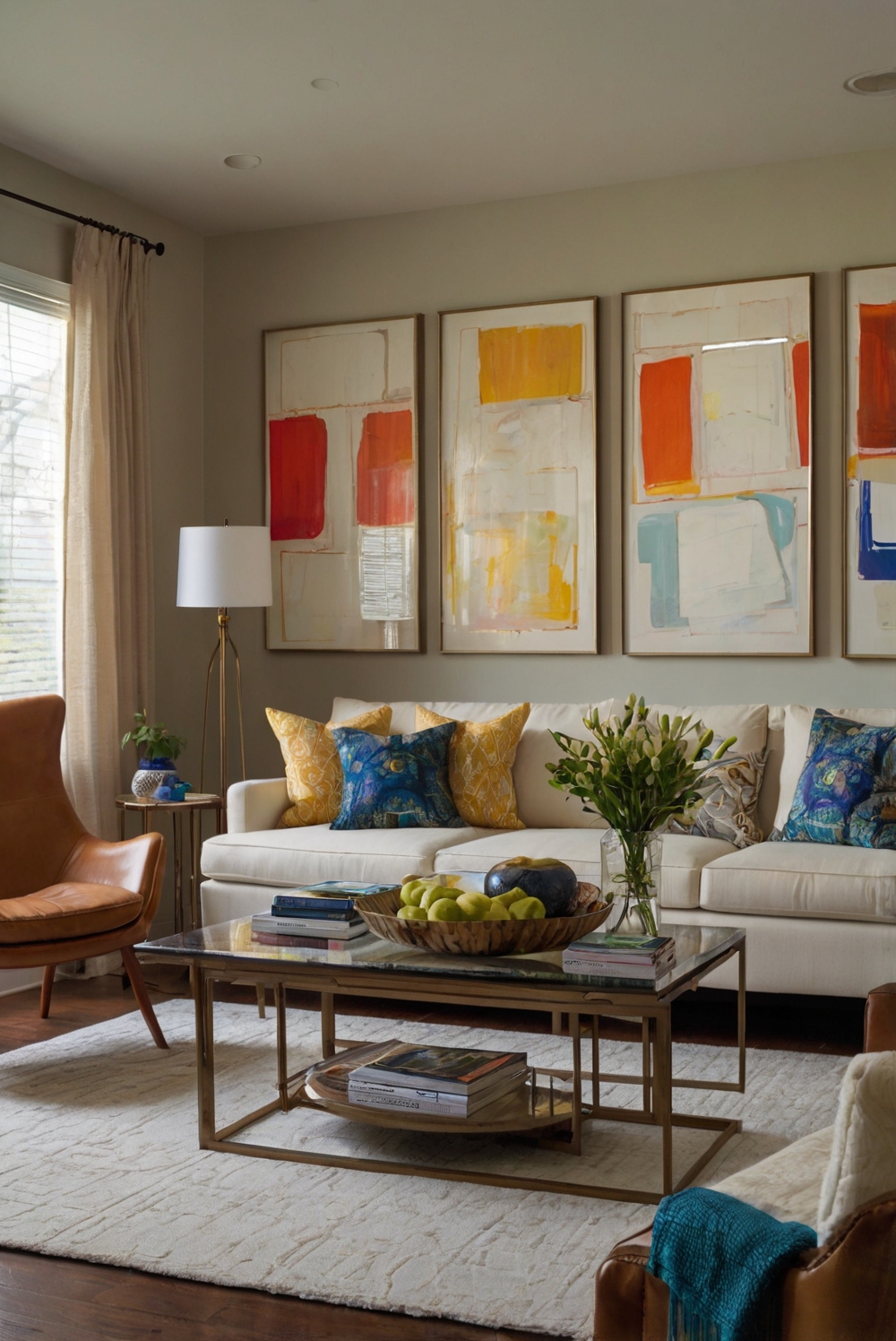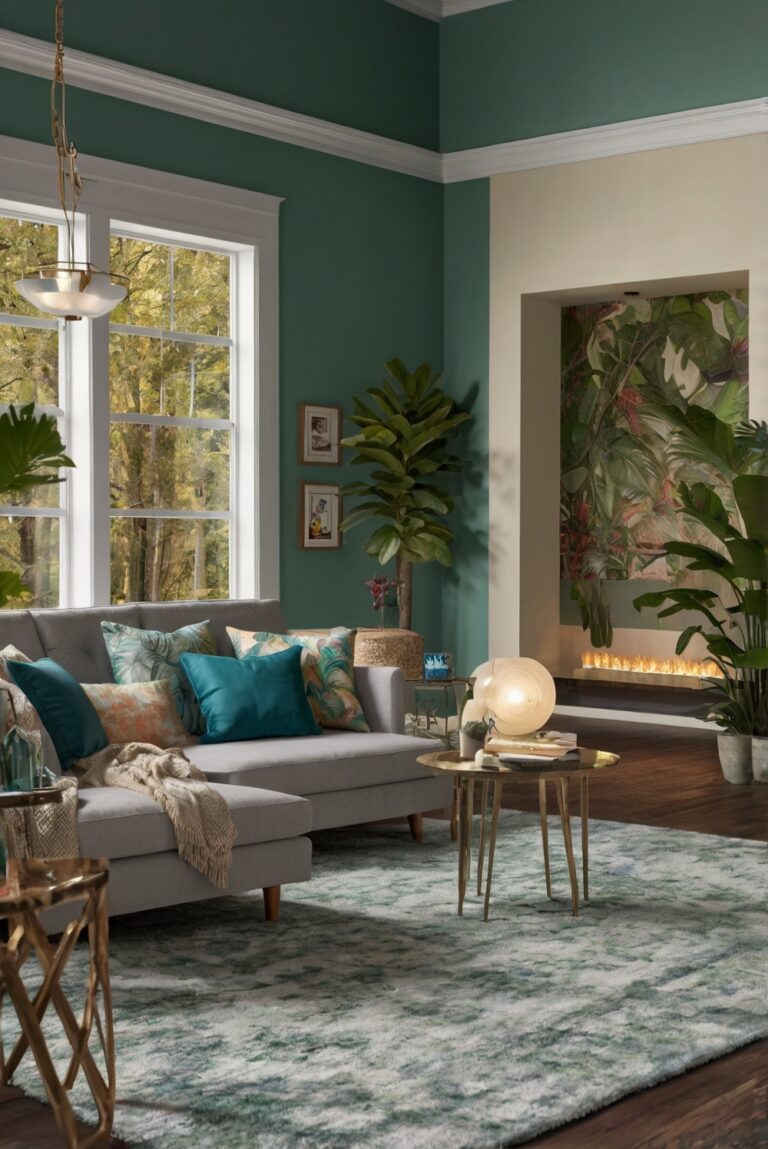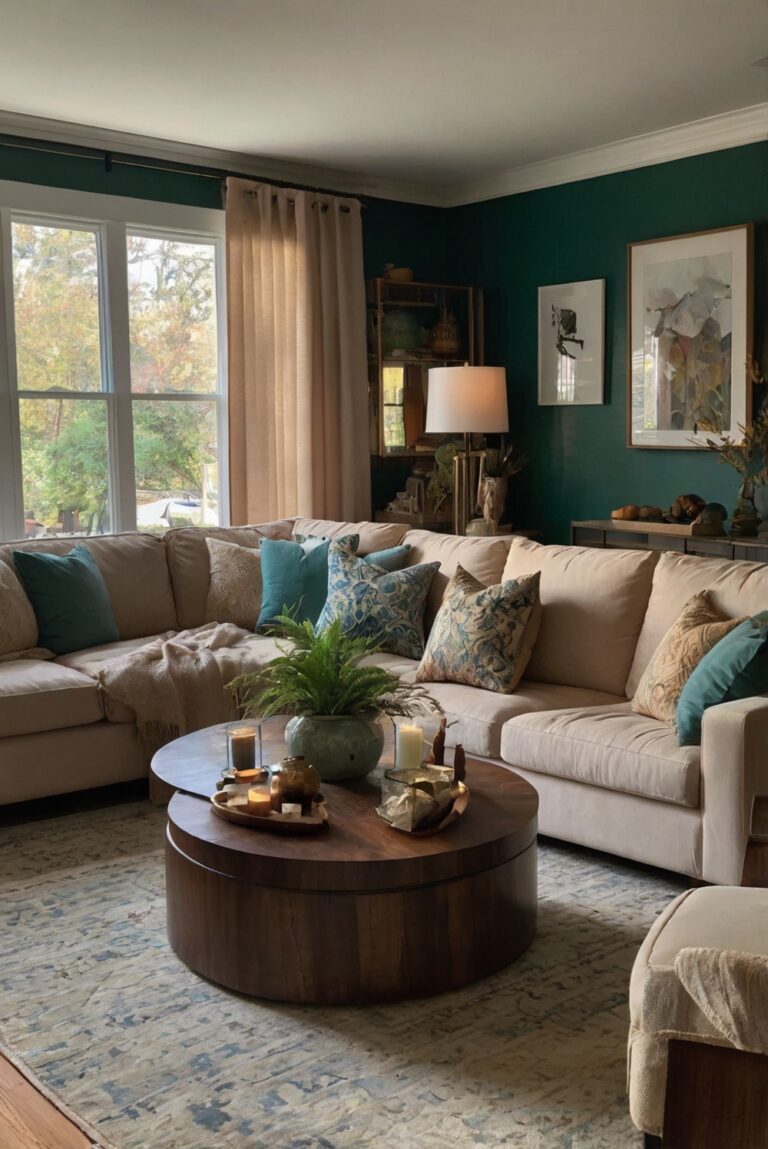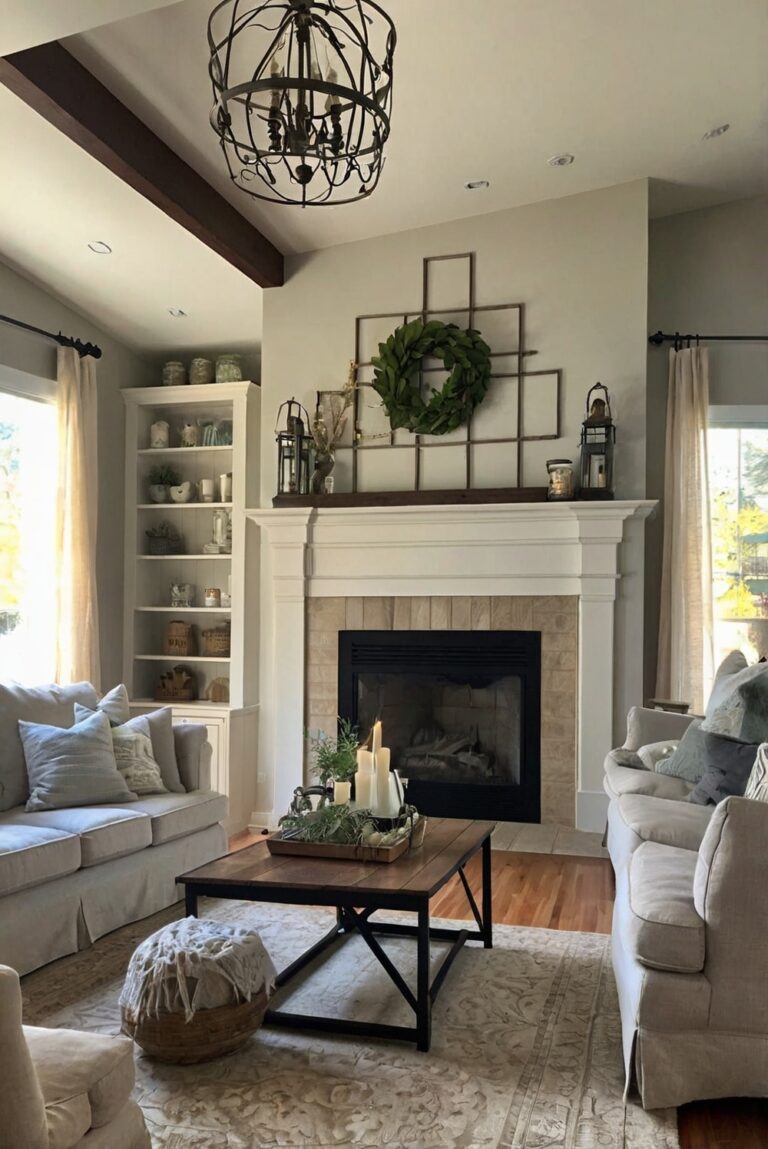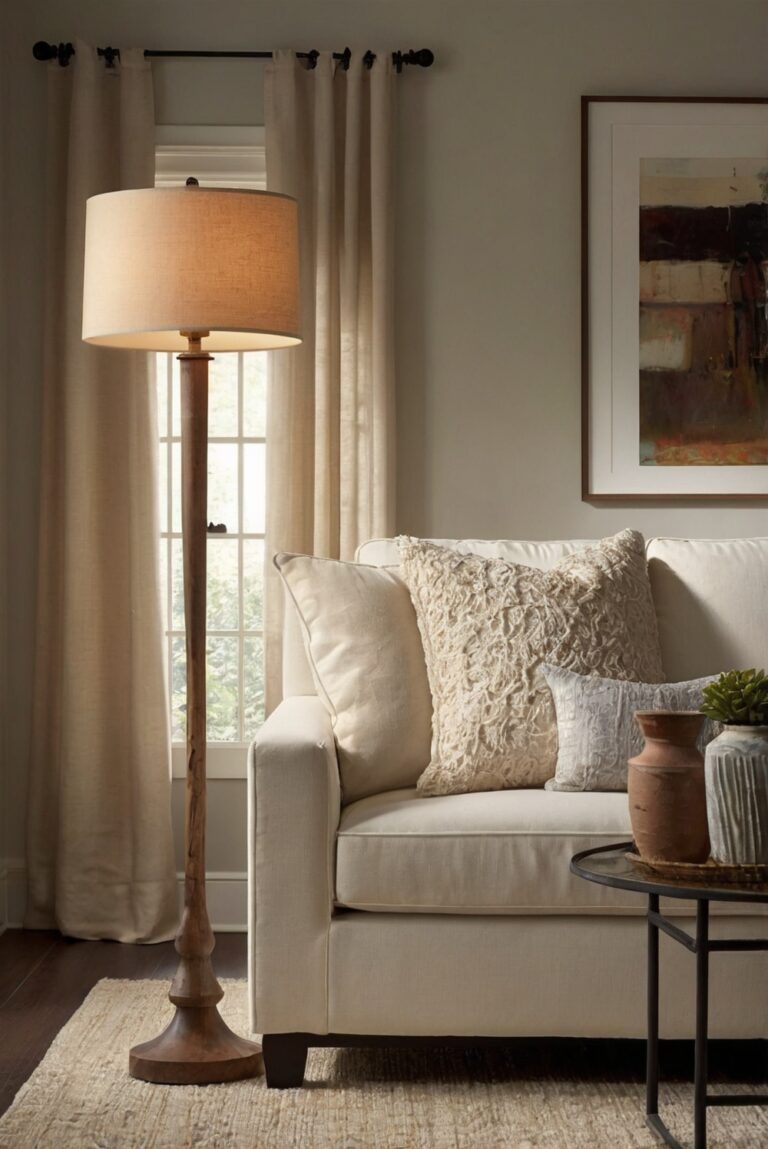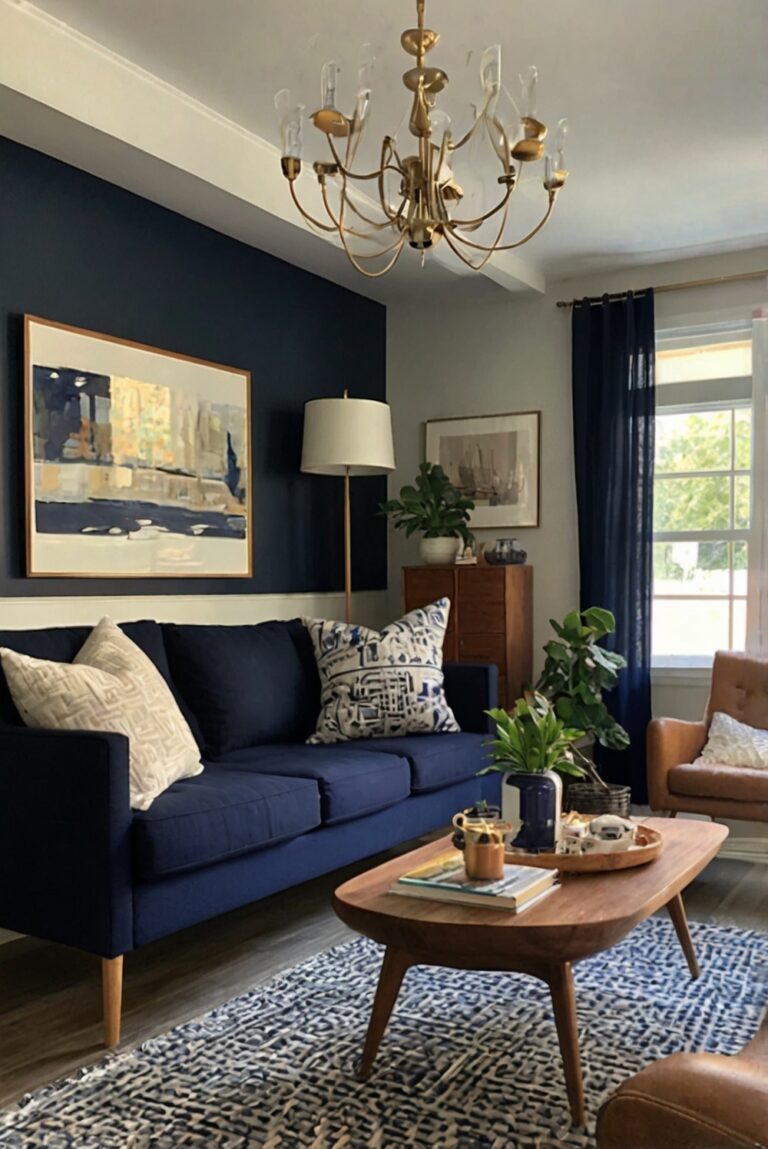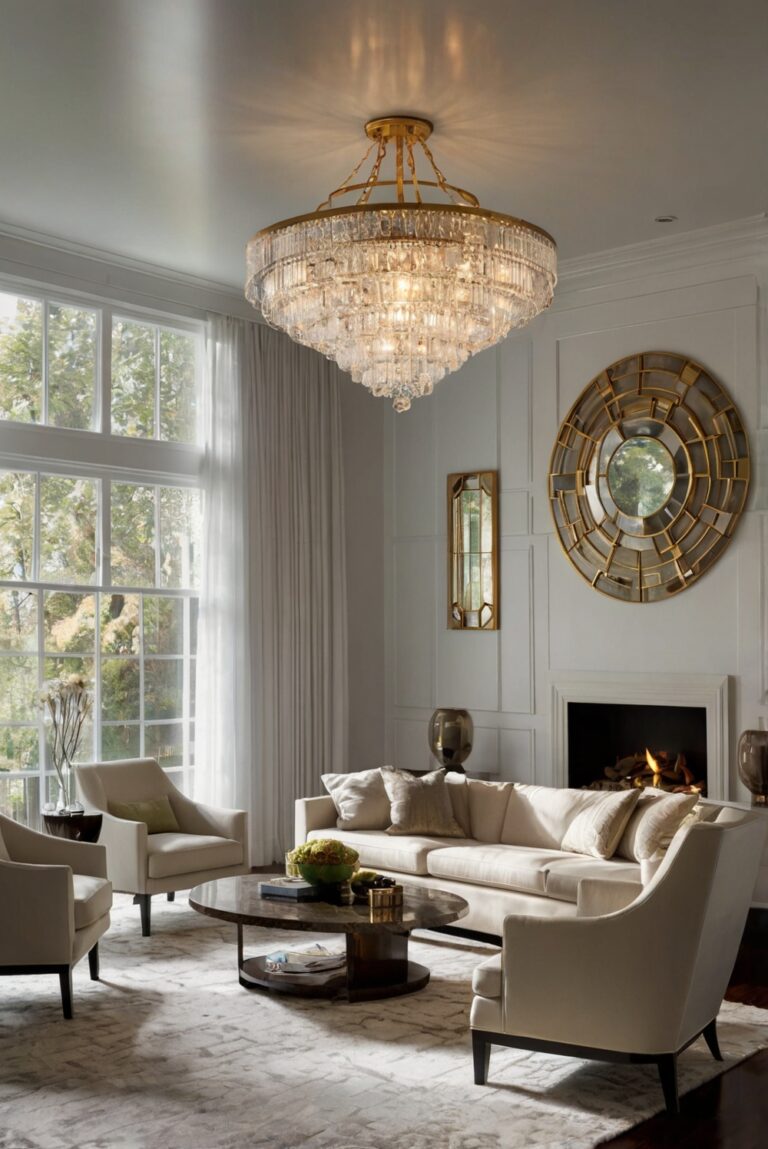Discover effective lighting techniques for showcasing artwork in your living room. Illuminate key pieces to create a captivating and dynamic space that reflects your personal style.
To highlight artwork in your living room using lighting, you can follow these steps as part of your home decor ideas:
1. Decide on the focal point: Identify the artwork you want to highlight and determine the ideal placement in the room.
2. Choose the right lighting: Opt for track lights, picture lights, or wall-mounted fixtures to illuminate the artwork effectively.
3. Consider the color temperature: To enhance the colors in the artwork, select lighting with a warm color temperature.
4. Adjust the angle: Position the lights at a proper angle to prevent glare and shadows on the artwork.
5. Use dimmers: Install dimmer switches to adjust the brightness of the lights and create the desired ambiance.
6. Regular maintenance: Ensure the lights are clean and in working condition to maintain the visual impact of the artwork in your living room.
By integrating these lighting techniques into your home interior design, you can effectively showcase and highlight your artwork while enhancing the overall aesthetic appeal of your living space.
How can you use lighting to highlight artwork in your living room?
Lighting plays a crucial role in showcasing artwork in your living room. By strategically using different types of lighting, you can enhance the beauty of your artwork and create a focal point in the room. Here are some tips on how to use lighting effectively to highlight artwork:
1. Ambient Lighting:
Ambient lighting provides overall illumination in the room. It sets the mood and creates a warm and welcoming atmosphere. When highlighting artwork, ambient lighting should be soft and subtle to avoid overpowering the artwork. Use dimmable lights to adjust the intensity based on the artwork’s size and placement.
2. Accent Lighting:
Accent lighting is specifically designed to highlight artwork or architectural features. Use adjustable spotlights or track lighting to direct the light onto the artwork. Position the lights at a 30-degree angle to prevent glare and shadows. Experiment with different angles to find the best lighting that enhances the texture and colors of the artwork.
3. Task Lighting:
Task lighting is essential for focused illumination. Use picture lights or wall-mounted fixtures to illuminate individual pieces of artwork. Position the lights above or below the artwork to create a dramatic effect. Consider the color temperature of the bulbs to ensure the artwork’s colors appear vibrant and true to life.
Additional Tips:
When selecting lighting for your artwork, consider the type of artwork, its size, and the room’s decor. LED lights are energy-efficient and emit less heat, making them ideal for preserving delicate artwork. Experiment with different lighting combinations to create depth and visual interest in your living room.
Conclusion:
Using lighting effectively can transform your living room into a gallery-like space that showcases your artwork beautifully. By incorporating ambient, accent, and task lighting, you can create a dynamic and visually appealing environment that highlights the beauty of your artwork. Experiment with different lighting techniques to find the perfect balance that enhances your artwork and complements your living room decor.
1. What types of lighting fixtures are best for highlighting artwork in a living room?
When it comes to highlighting artwork in your living room, it’s important to choose the right lighting fixtures. Track lighting, picture lights, and recessed lighting are all popular options for showcasing artwork. Track lighting allows you to adjust the direction of the light to focus on specific pieces, while picture lights are designed specifically for illuminating artwork. Recessed lighting can provide a subtle wash of light that enhances the overall ambiance of the room while still drawing attention to your artwork.
2. How can you position lighting to effectively highlight artwork in your living room?
The positioning of your lighting fixtures is crucial when it comes to highlighting artwork in your living room. Ideally, you should position the lights so that they shine directly on the artwork at a slight angle. This helps to create depth and dimension by casting shadows and highlighting the texture of the piece. Avoid positioning lights directly in front of the artwork, as this can create glare and wash out the colors. Experiment with different angles and distances to find the best placement for each piece of art.
3. What color temperature is best for lighting artwork in a living room?
The color temperature of your lighting can have a big impact on how your artwork is perceived. Generally, warmer color temperatures (ranging from 2700K to 3000K) are recommended for highlighting artwork, as they can enhance the richness of colors and create a cozy, inviting atmosphere. Cooler color temperatures (over 4000K) can make colors appear more vibrant but may also wash out the details of the artwork. Consider using adjustable LED lights to fine-tune the color temperature based on the specific needs of each piece of art.
4. Should you use dimmable lighting to highlight artwork in your living room?
Dimmable lighting can be a great option for highlighting artwork in your living room, as it allows you to adjust the brightness of the lights to suit different pieces and moods. By dimming the lights, you can create a more intimate and focused atmosphere that draws attention to the artwork without overwhelming the space. Dimmers also give you more control over the lighting throughout the day, allowing you to adapt to changing natural light conditions and create different effects for daytime and nighttime viewing.
5. How can you create a layered lighting scheme to highlight artwork in your living room?
Creating a layered lighting scheme is a key strategy for highlighting artwork in your living room. Start by installing ambient lighting, such as overhead fixtures or wall sconces, to provide overall illumination and set the mood of the room. Next, add task lighting, like track or picture lights, to specifically highlight the artwork. Finally, incorporate accent lighting, such as uplights or downlights, to create depth and drama by highlighting architectural features or creating focal points. By combining different types of lighting, you can create a dynamic and visually appealing environment that showcases your artwork to its best advantage.

